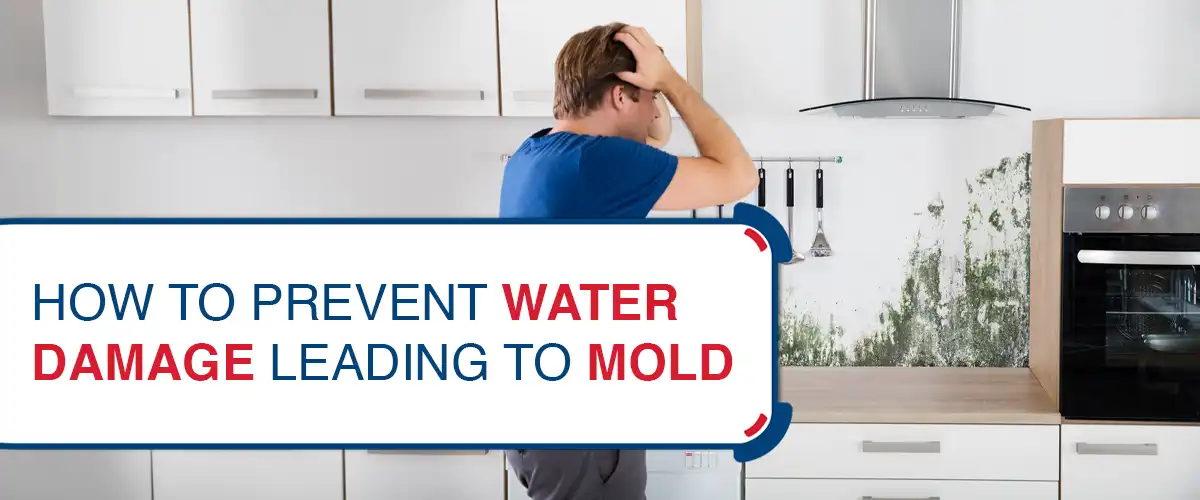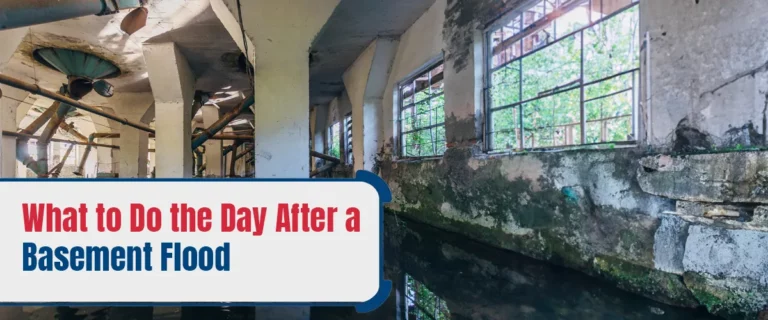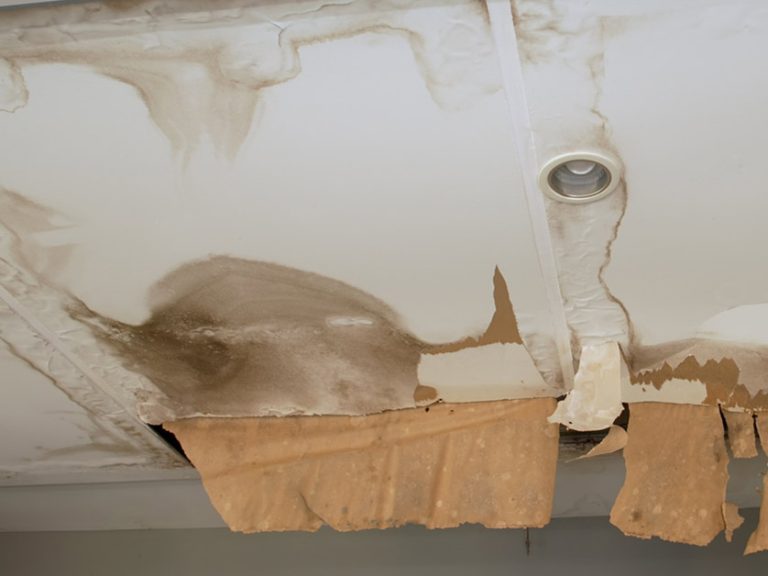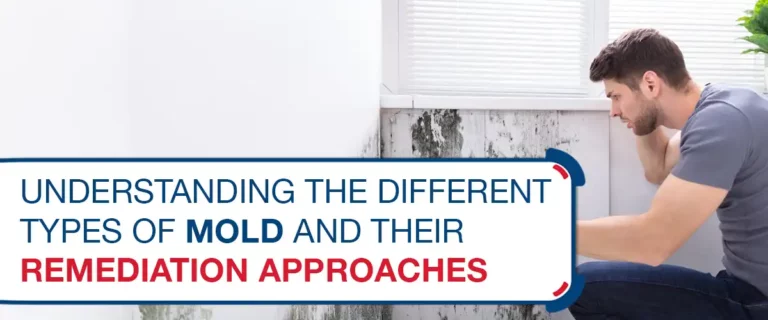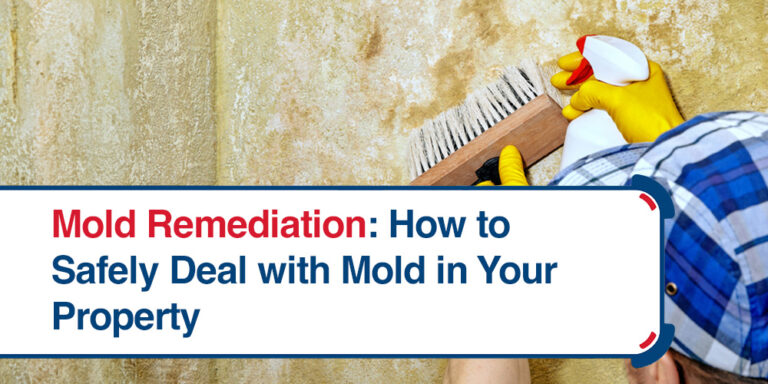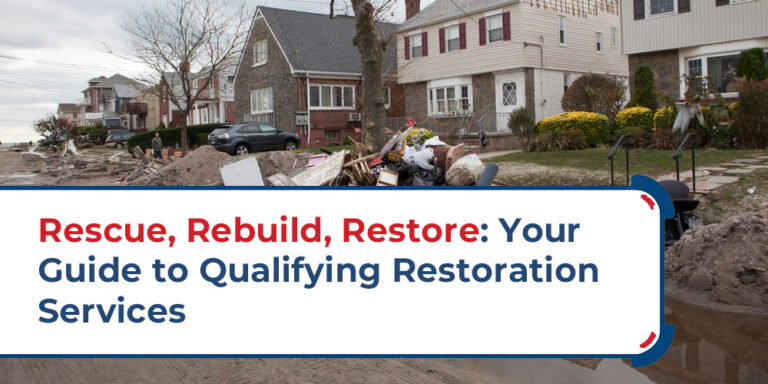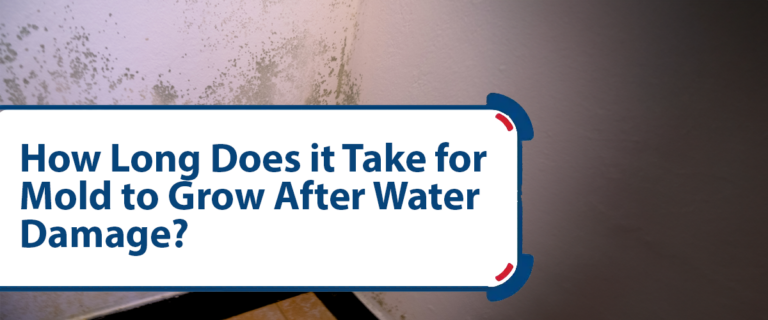Water damage is a homeowner’s nightmare, often leading to more sinister problems like mold growth. The relationship between water damage and mold infestation is undeniable. Water intrusion provides the moisture that mold spores need to thrive, and once mold takes hold, it can spread rapidly, posing health risks and leading to extensive property damage.
In this comprehensive guide, let us explore effective strategies to prevent water damage and the subsequent growth of mold.
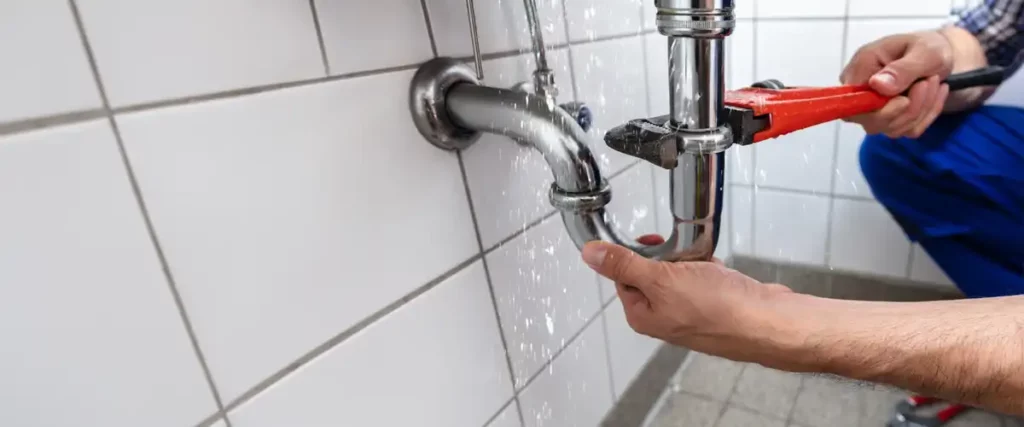
A. Regular Maintenance and Inspections
Regularly inspecting your property for potential sources of water intrusion is crucial. Check and repair leaks in plumbing fixtures and pipes promptly. Roof and gutter maintenance is equally important, as a damaged roof with clogged gutters can lead to water infiltration and subsequent mold growth. What’s more, clean up any water after the rain. Water damage cleanup in Shawnee, KS, are services designed to help you solve these problems. Clean up any water falling on the street where you live or work.
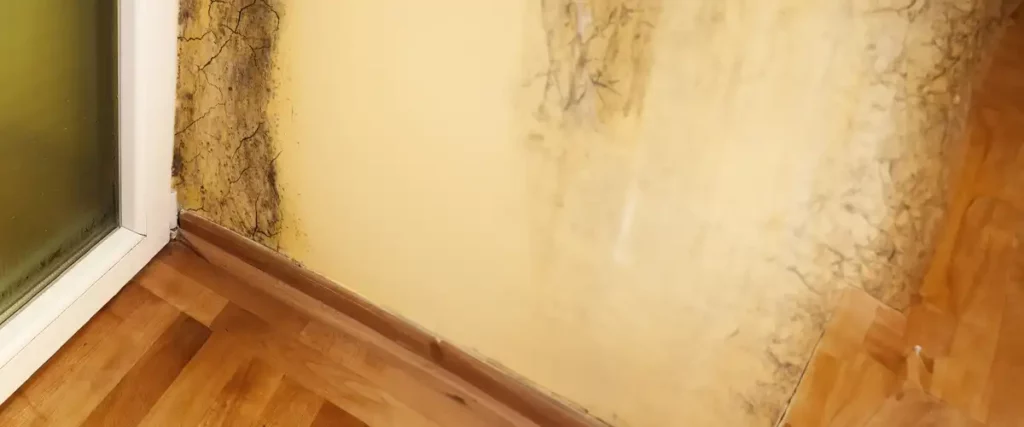
B. Proper Ventilation and Humidity Control
Proper ventilation is key to reducing moisture buildup in your home. Ensure there are exhaust fans in bathrooms and kitchens to expel humid air outside. Investing in dehumidifiers can help control indoor humidity levels. This means an environment less conducive to mold growth.
If you have a humidifier, monitoring the moisture levels is essential. Humidifiers can increase your home’s humidity and cause mold to grow. They also make wood and other materials rot due to increased moisture content. This should be avoided if possible because it can lead to respiratory problems for sensitive or allergic people (or both).
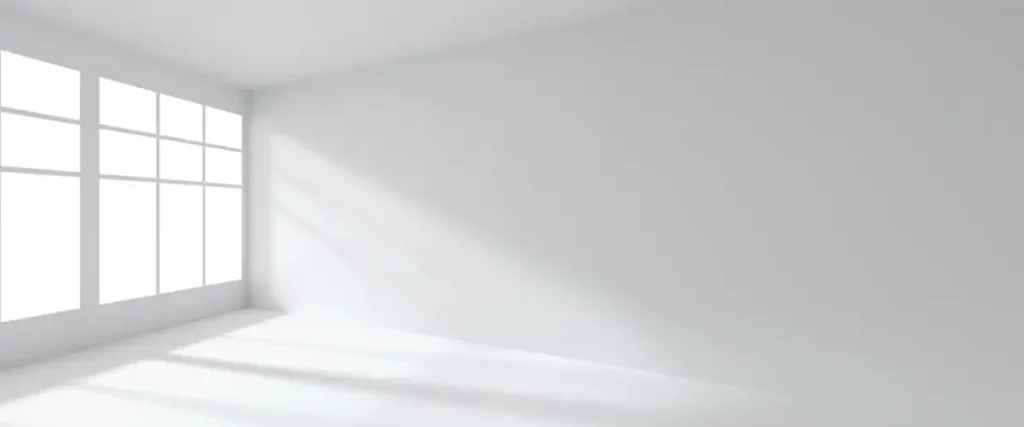
C. Effective Landscaping and Grading
Proper landscaping and grading play a vital role in preventing water damage. Ensuring that your property has the correct slope and grading is essential to redirect water away from the foundation. When the grading is inadequate, water can accumulate around your home, seeping into the ground and potentially causing water damage and mold growth. To address this:
- Regularly inspect the grading around your home. Over time, settling and erosion can affect the slope, so it’s essential to maintain it periodically.
- Consult a landscaping professional if you need to regrade your yard.
- Utilize landscaping features such as retaining walls and gravel beds to direct water flow away from your foundation.

D. Seal and Insulate
A well-sealed and insulated home not only prevents energy wastage but also acts as a barrier against water intrusion and subsequent mold growth. Here’s what you can do:
- Inspect your home for gaps and cracks around windows, doors, and other openings. Seal these gaps using weather stripping or caulk to create a watertight seal.
- Insulate your home’s walls and attic properly. Insulation not only regulates indoor temperatures but also reduces condensation, which can create a damp environment ideal for mold growth.
- Pay special attention to the attic, as improper insulation and ventilation in this area can lead to the buildup of moisture and subsequent mold growth.
- Consider using vapor barriers in crawl spaces and basements to prevent moisture from seeping through the ground.
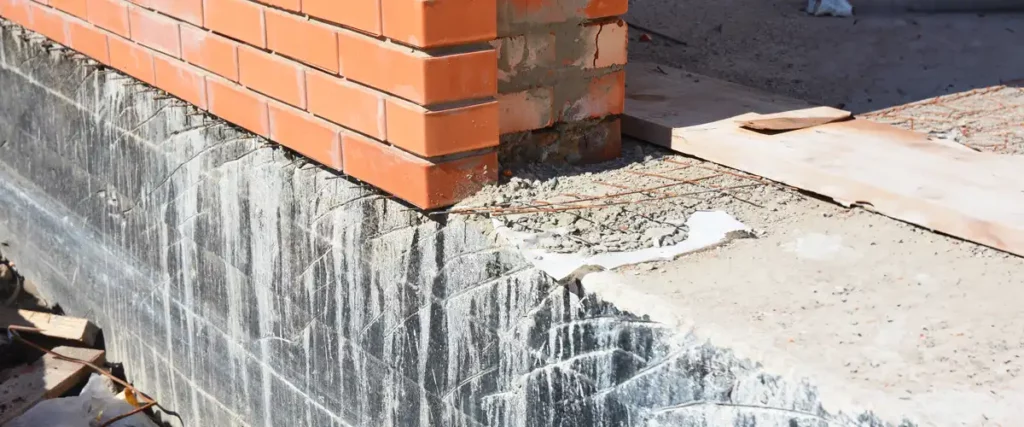
E. Foundation Waterproofing
Foundation waterproofing is a crucial step in preventing water damage and mold growth. Water can easily seep into basements and crawl spaces through porous foundation walls, leading to moisture-related issues. Here’s how to effectively waterproof your foundation:
- Apply waterproof coatings or sealants to your foundation walls. These protective layers create a barrier against water infiltration and minimize the risk of moisture-related problems.
- Consider installing sump pumps in your basement. These systems help manage water accumulation and prevent water from seeping into your home.
- Regularly inspect your foundation for cracks and signs of water infiltration.
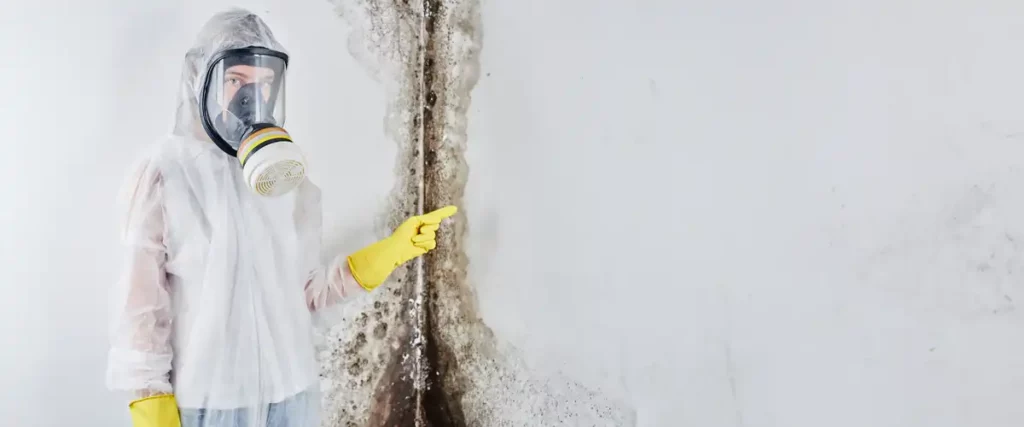
Signs of Mold and What to Do
Being able to identify signs of mold is vital for early intervention. Here’s what to look for:
1. Visible Signs of Mold
Mold often appears as discolored patches, fuzzy growth, or spots. Additionally, Be attentive to the musty odor that mold emits.
2. Potential Health Symptoms
If you or your family members experience symptoms like sneezing, coughing, or congestion that worsens at home, check your area, as these are symptoms caused by mold exposure.
3. Professional Mold Remediation
For small-scale mold issues, you might consider DIY removal. However, larger or extensive mold infestations require professional intervention. On that note, mold remediation experts have the tools and expertise to safely remove mold and prevent its return.

Closing Thoughts: Seal, Protect, Thrive!
Preventing water damage and subsequent mold growth is a proactive endeavor that pays off in the long run. Remember, the benefits of mold prevention extend beyond property preservation; they include ensuring the well-being and comfort of those who call your house a home.With the proper precautions, water damage can be avoided. By following these tips, you’ll be well on your way to preventing mold from forming in your home. If things get out of hand, you can seek professional help from trusted water damage cleanup companies in Shawnee, KS.


